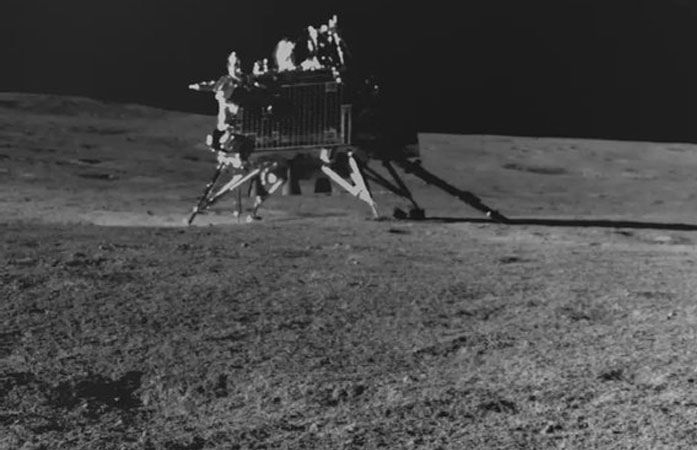
Chandrayaan-3 landing anniversary: Exactly a year ago, India's Chandrayaan-3 created history by landing on the south pole of the Moon. With this, India joined the list of elite countries of the world to set foot on the Moon. India became the fourth country to achieve such a feat after America, Russia and China.
Celebrating 'National Space Day'
The country will now celebrate the successful landing of Chandrayaan-3 as 'National Space Day' every year. This celebration will take place on August 23. The event will be held on the theme 'Touching the Moon and Touching Life: India's Space Story' at the Plenary Hall of Bharat Mandapam in New Delhi.
Launch of Chandrayaan-3
Chandrayaan-3 was a follow-up mission to Chandrayaan-2. The Chandrayaan-2 mission could not succeed due to technical difficulties. Chandrayaan-3 consists of a lander (Vikram) and a rover (Pragyan). The spacecraft was launched from Sriharikota on 14 July 2023. The mission aims to develop new technologies required for interplanetary missions.
What did Chandrayaan do on the Moon?
Chandrayaan made India proud by successfully soft landing on the surface of the moon. Chandrayaan-3 was designed to spend only one day on the moon. However, one day on the moon is equivalent to 14 days on Earth.
In just one day after landing, the Pragyan rover covered a distance of 103 metres on the moon. Within a week, Chandrayaan-3 collected elements such as sulphur (S), aluminium (Al), calcium (Ca), iron (Fe), chromium (Cr), titanium (Ti), manganese (Mn), oxygen (O) and confirmed the existence of silicon (Si). The landing site of Chandrayaan-3 was named Shiv Shakti Point.
Soft landing twice
After landing on the Moon on 23 August 2023, Chandrayaan once again made a soft landing. When the command was given to start the engines of the lander, it flew about 40 cm up and then landed 30-40 cm away. In this way, 'Vikram' had soft landed twice on the moon. The success of this experiment means that this technique can be used in the future to bring samples of lunar rocks back to Earth and for human missions.
Chandrayaan-3 is sleeping
The date of Chandrayaan-3's landing was chosen so that it would be the beginning of the day when it landed on the Moon, as the temperature on the Moon drops to minus 200 degrees Celsius to minus 250 degrees Celsius at night. The lander and rovers require solar energy to charge the batteries and operate. Hence it landed on the Moon during the daytime.
As the sun set on the Moon in September 2023, the lander and rover were put into 'sleep mode' and both fell asleep due to reduced solar power. Vikram and Pragyan were not designed to return to Earth. They will always remain as India's 'ambassadors' on the Moon.
India enters the elite club
Apart from India, only three countries have succeeded in soft landing on the moon. These include Russia, America, China. Russia is the first country to land on the moon. On 12 September 1959, Russia's Luna-2 landed on the surface of the moon. However, it was a difficult landing. On 3 February 1966, Russia successfully soft landed Luna-9. A few months after Russia's landing in 1966, America also did a soft landing with the help of Surveyor-1. On June 3, 2019, China's spacecraft 'Chang'i-4' soft landed on the moon.
Why did Chandrayaan-2 fail?
Chandrayaan-2, launched on 22 July 2019, was not completely successful in its mission. Vikram lander crashed on 6 September 2019. ISRO lost contact with the lander just 400 meters before the landing site. The main reason for the crash landing was its rotation at 410 degrees, which was previously set at 55 degrees. The lander had to slow down from 6,000 kmph to 0 kmph in four stages, but ISRO lost contact with it a few minutes before landing.
Future plans of ISRO
India's progress in space is yet to come. The first unmanned mission of the Gaganyaan project is scheduled to be launched in December this year. After this, preparations are underway to send Chandrayaan-4 and Chandrayaan-5. The Chandrayaan-4 mission to be launched in 2028 will bring soil and rocks from the surface of the Moon to Earth. This mission will carry out difficult tasks like launching spacecraft from the Moon and using space 'docking' in the Moon's orbit. ISRO also plans to launch 70 satellites in the next five years.
 look news india
look news india